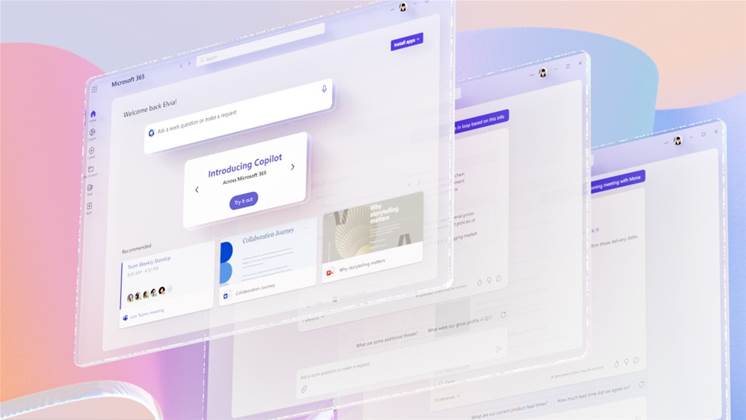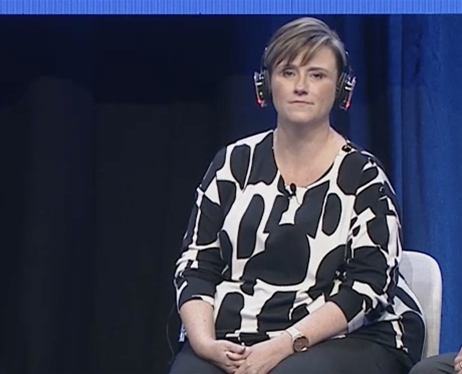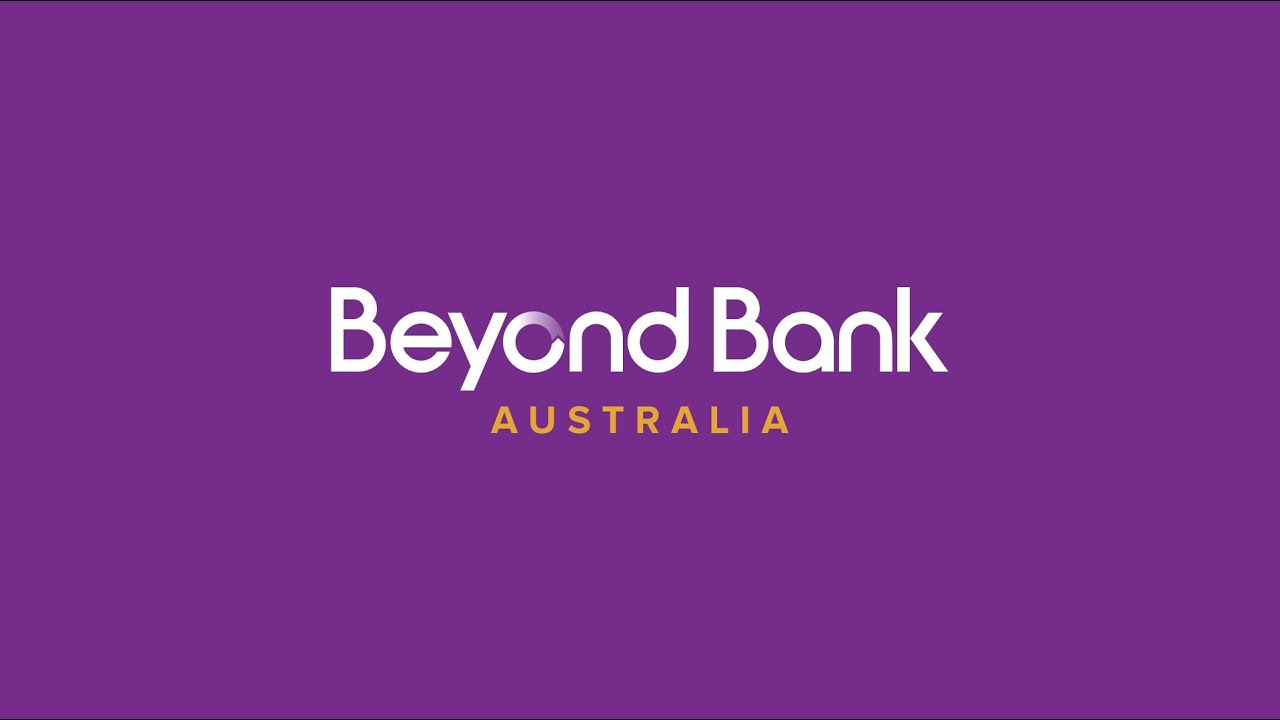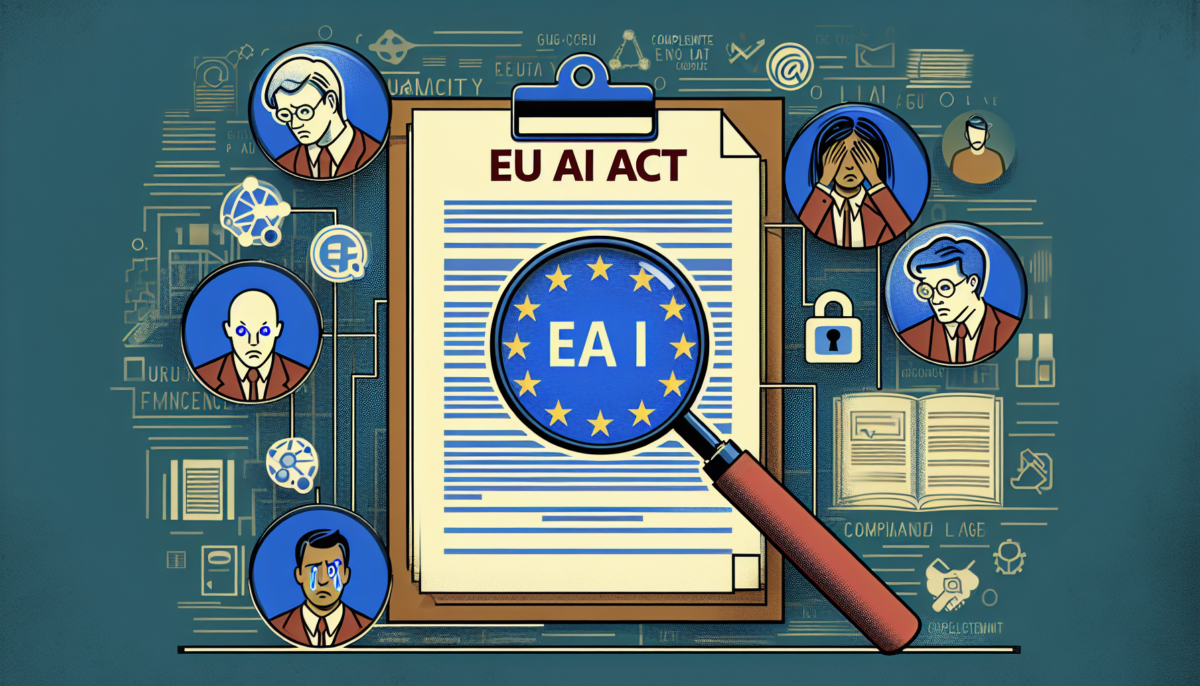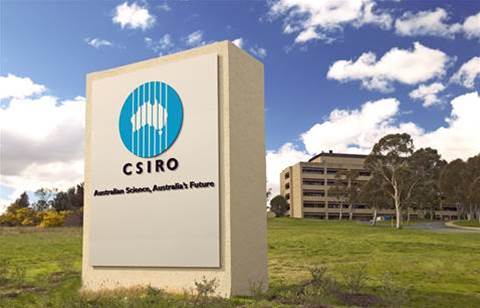Review: The Blocks Combo XL Starter Kit brings 3D intelligent home illumination to reality and renders it functional.
We independently review everything we recommend. When you buy through our links, we may earn a commission which is paid directly to our Australia-based writers, editors, and support staff. Thank you for your support!
Nanoleaf Blocks Combo XL Starter Kit Review: Introducing 3D Smart Home Illumination
Quick Summary
- Nanoleaf Blocks provide highly versatile 3D smart home illumination with practical applications like shelves and pegboards.
- Offered in different sizes and arrangements, beginning at A$299.99, with additional options for extending your setup.
- Features include 16 million hues, music synchronization, screen reflecting, and compatibility with smart home platforms (Apple Home, Google Home, Alexa).
- Installation involves drilling, making it less feasible for those renting.
- Thread compatibility ensures quicker and more dependable IoT integration.
- Distinctive designs, albeit at a higher cost compared to conventional smart lighting systems.
Nanoleaf Blocks: A New Dimension in 3D Smart Home Illumination
Smart home lighting has evolved significantly over time, becoming essential in numerous Australian homes. In 2024, the main consideration is not whether to introduce RGB lighting to your space, but rather which option provides the best value for your investment. Here comes the Nanoleaf Blocks Combo XL Starter Kit, an innovative solution that fuses smart lighting with functional home aesthetics.
Nanoleaf is celebrated for redefining smart lighting, and the Blocks collection is no exception. These square panels do more than illuminate; they turn your wall into a 3D artistic display, featuring shelves and pegboards for your necessities—from headphones to LEGO creations.
Design: Practical and Tailored
Nanoleaf Blocks are available in two dimensions: Large Squares (231*231*29mm) and Small Squares (115.5*115.5*29mm). These panels extend more than an inch from your wall, crafting a 3D appearance that is both eye-catching and practical. Installation is simple with the included double-sided tape, although heavier components like shelves and pegboards will necessitate drilling into your wall.
A key highlight of the Nanoleaf Blocks is the capacity to create distinctive arrangements by merging panels of various sizes. This adaptability empowers you to construct a lighting setup that is uniquely yours. The pegboard introduces a utilitarian aspect, permitting you to hang items such as headphones or controllers, while the shelf can hold decorative objects or gadgets.
Advanced Functionalities for Tailored Illumination
Nanoleaf Blocks come packed with features that differentiate them from standard smart lighting options. Here are some notable highlights:
**16 Million Hues**
Similar to other smart lighting solutions, the Blocks enable you to select from over 16 million colors. You can also make use of Nanoleaf’s Scene Creator tool to personalize the colors of individual panels, giving you complete control over your layout.
**Music Synchronization**
For music enthusiasts, the Blocks can synchronize with your songs, producing a vibrant light display that dances to the rhythm.
**Screen Reflecting**
Among the more inventive features is screen reflecting, where the lighting syncs with your display. This function is ideal for gamers or film buffs, adding an enhanced level of immersion.
**Physical Controller**
The dedicated controller allows for quick adjustments to brightness, switching display modes, and activating Music Sync without accessing the mobile application.
**Thread Compatibility**
Nanoleaf Blocks can smoothly incorporate into your existing IoT ecosystem via Thread technology, providing faster and more stable connections. Nanoleaf also intends to enable the Blocks to function as a Thread Border Router in a forthcoming firmware update.
**Smart Home Platform Compatibility**
The Blocks support all prominent smart home platforms, such as Apple Home, Google Home, Amazon Alexa, and Samsung SmartThings, simplifying lighting control through voice commands.
Installation: A Dedication for Homeowners
While the Nanoleaf Blocks deliver abundantly in design and functionality, the installation process might be a hurdle for some users—particularly renters. The bulkier components like the pegboard and shelf necessitate drilling into the wall, rendering the system less convenient for those who cannot make enduring modifications to their living spaces.
For homeowners, the commitment to drilling is justified. Once set up, the pegboard can accommodate essential items like headphones or controllers, and the shelf provides an additional layer of utility to your arrangement.
Pricing and Availability
The Nanoleaf Blocks Combo XL Starter Kit is up for purchase in Australia, starting at A$429.99. For those wanting to spend a bit less, the standard Combo Starter Kit begins at A$299.99, though it lacks some enhanced features such as the shelf and smaller panels.
Nanoleaf also provides add-on kits, enabling you to enhance your configuration as your budget permits. However, it’s important to note that the more intricate designs showcased on Nanoleaf’s website can easily cost close to A$1,000.
Challenges and Prospects
While the Blocks provide a distinct and highly customizable lighting alternative, there are several downsides. Firstly, the panels are relatively thick, which may not appeal to everyone. Moreover, the installation process can be complex, and removing the panels without causing wall damage presents its own difficulties.
On a positive note, Nanoleaf is continuously innovating and is projected to roll out updates in the future that may resolve some of these drawbacks. For instance, a slimmer version of the panels may be in development, facilitating easier installation and making them more appropriate for renters.
Conclusion
The Nanoleaf Blocks Combo XL Starter Kit presents a unique combination of smart home lighting and functional design, making it a noteworthy option in the competitive smart lighting landscape. With features such as 16 million colors, music sync, screen reflecting, and compatibility with smart home platforms, the Blocks cater perfectly to those eager to personalize their living environments. However, the elevated price and the necessity for drilling may render this product better suited for homeowners than renters.
Q: What exactly is the Nanoleaf Blocks Combo XL Starter Kit?
A: The Nanoleaf Blocks Combo XL Starter Kit is an advanced smart lighting solution that integrates LED panels with functional elements like shelves and pegboards, letting you design custom 3D lighting configurations in your home.
Q: What is the cost of the Nanoleaf Blocks Combo XL Starter Kit?
A: The Combo XL Starter Kit starts at A$429.99 in Australia. A smaller Combo Starter Kit is available for A$299.99, along with add-on kits for further expansion.
Q: Is drilling necessary for installing the Nanoleaf Blocks?
A: Yes, while the panels can be affixed using double-sided tape, heavier components such as the pegboard and shelf will require drilling, making it less suitable for renters.
Q: Which smart home platforms are compatible with the Nanoleaf Blocks?
A: The Blocks work with all major smart home platforms, including Apple Home, Google Home, Amazon Alexa, and Samsung SmartThings, allowing voice control and seamless integration into your existing smart home network.
Q: Can the Nanoleaf Blocks respond to music?
A: Yes, the Nanoleaf Blocks include a Music Sync mode, allowing the lights to respond to the rhythm of your music.
Q: Are the Nanoleaf Blocks suitable for renters?
A: Given the need for drilling to install certain components, the Nanoleaf Blocks may not be ideal for renters who cannot make permanent alterations to their walls.
Q: Are there add-on options for the Nanoleaf Blocks?
A: Yes, Nanoleaf provides add-on kits, enabling users to expand their design with additional panels, shelves, and various accessories for a customized setup.
Q: Is the Nanoleaf Blocks system Thread compatible?
A: Yes, the Blocks are compatible with Thread technology and are expected to receive a firmware update that will allow them to act as a Thread Border Router, enhancing IoT connectivity.


